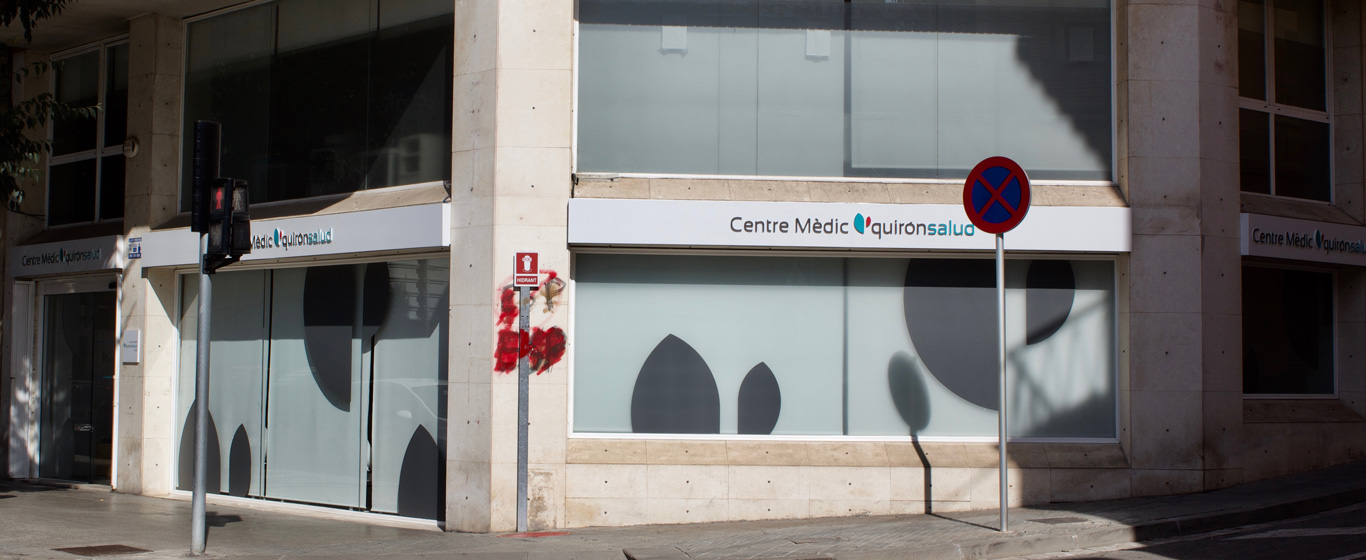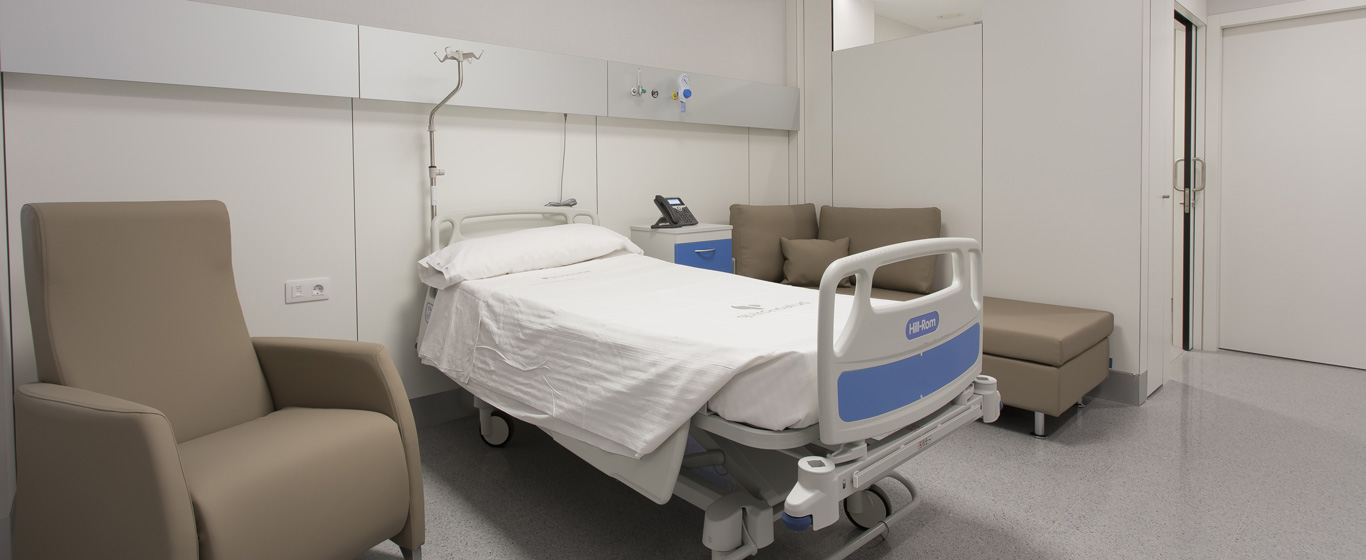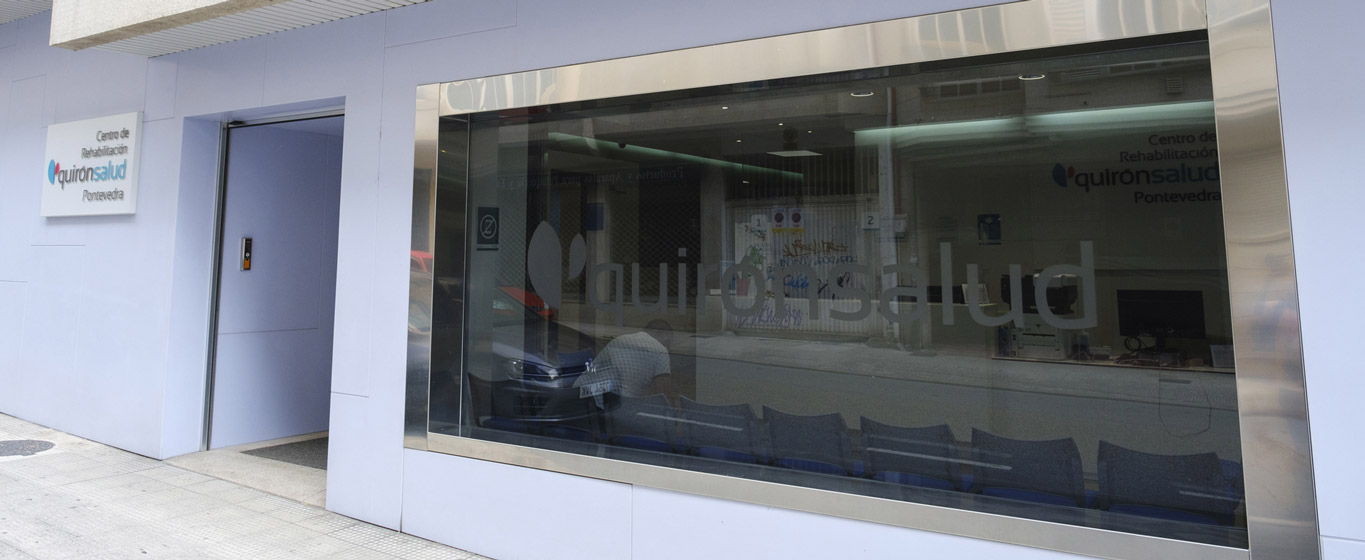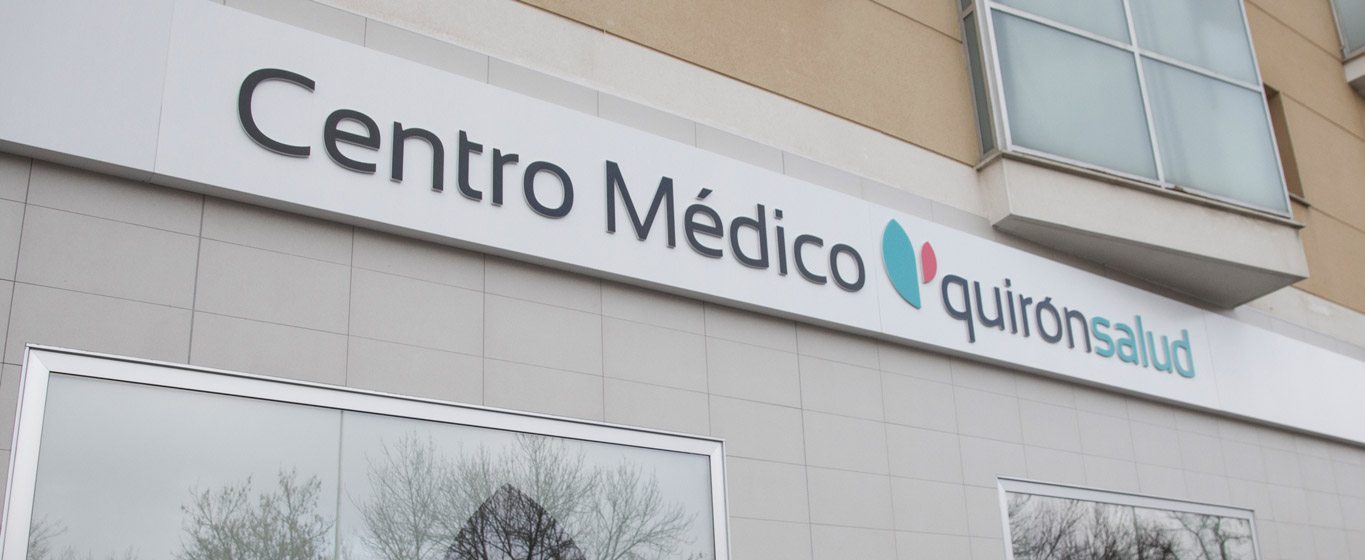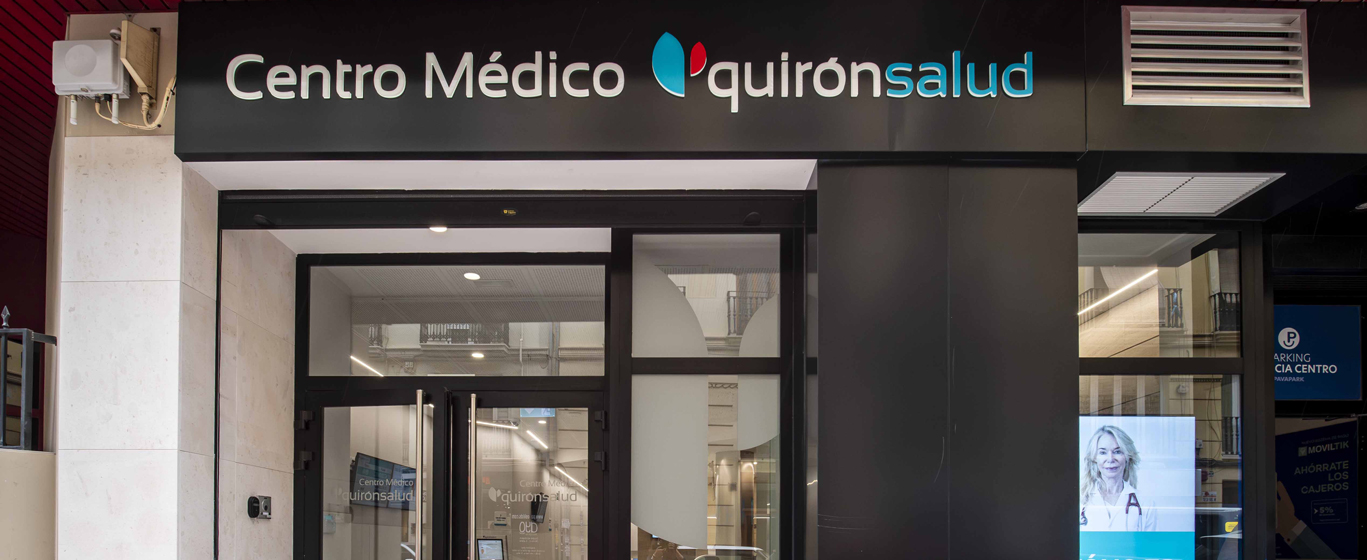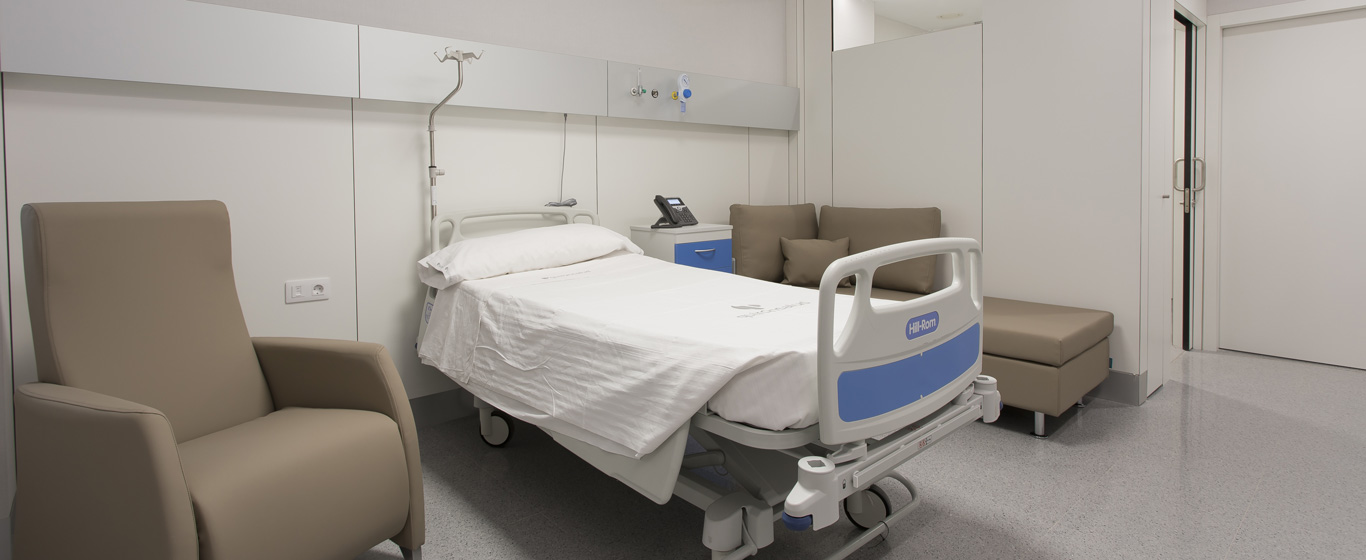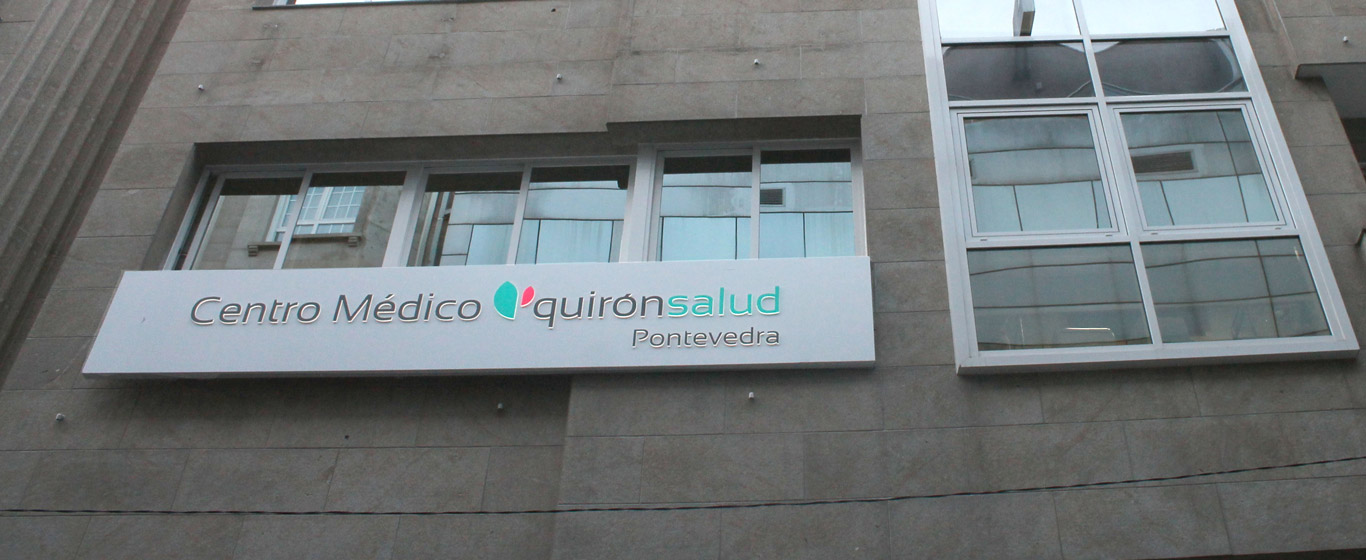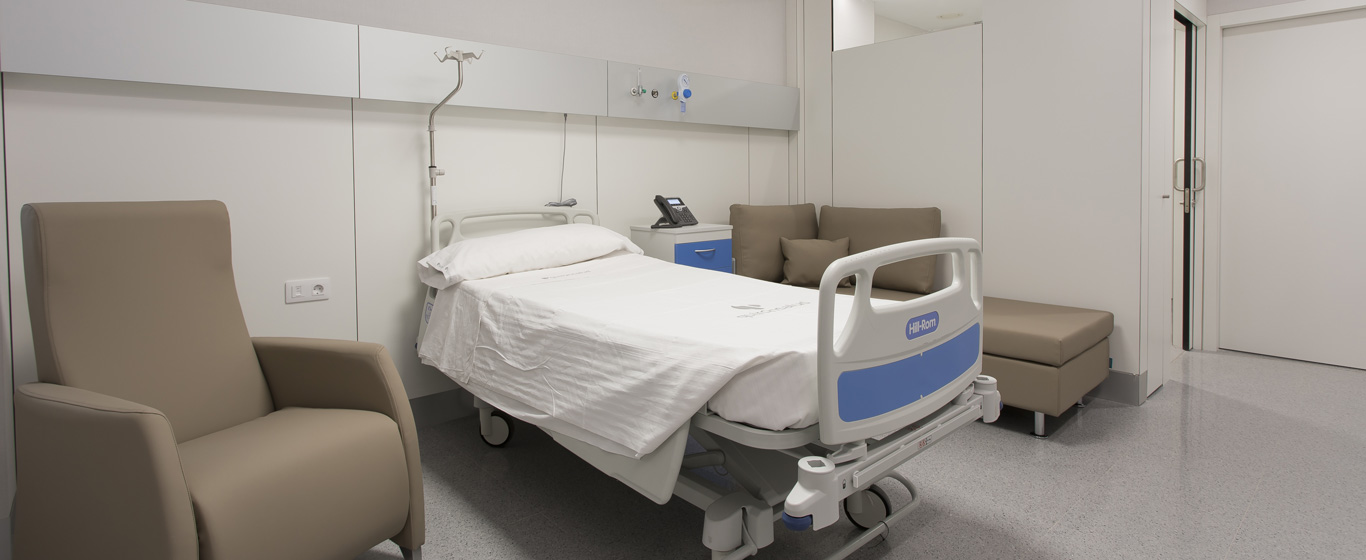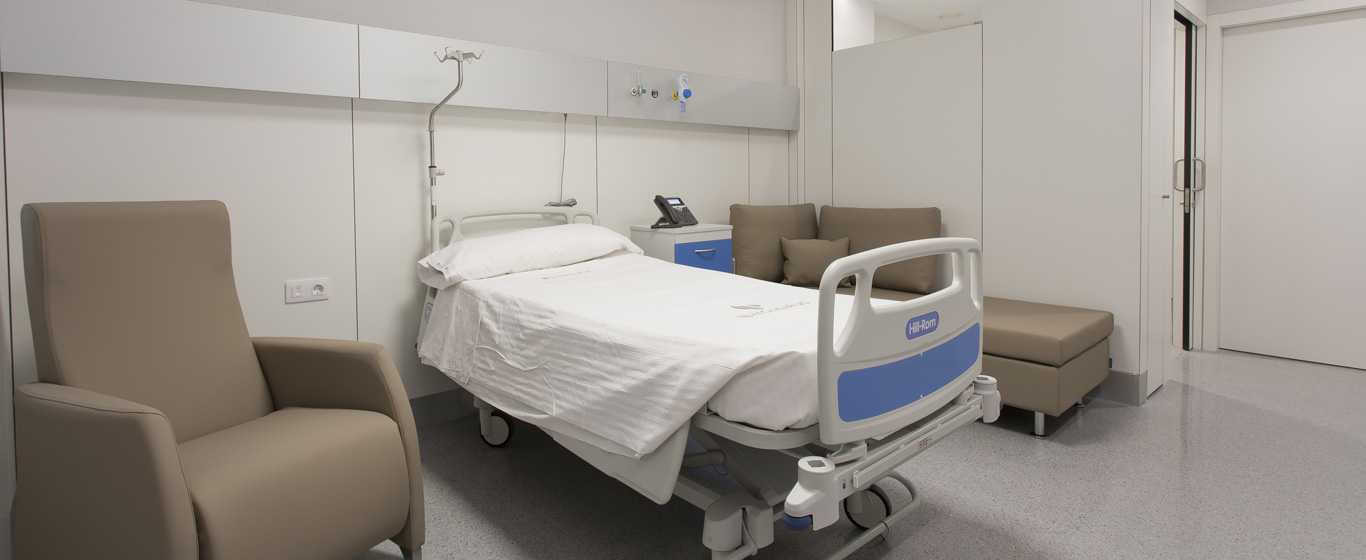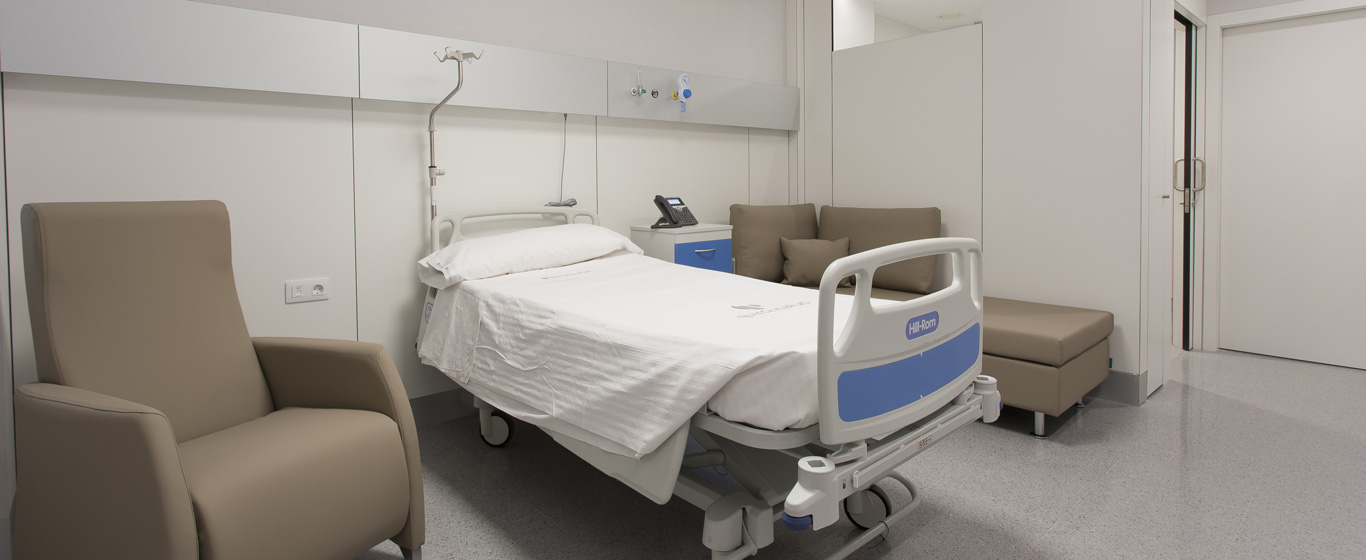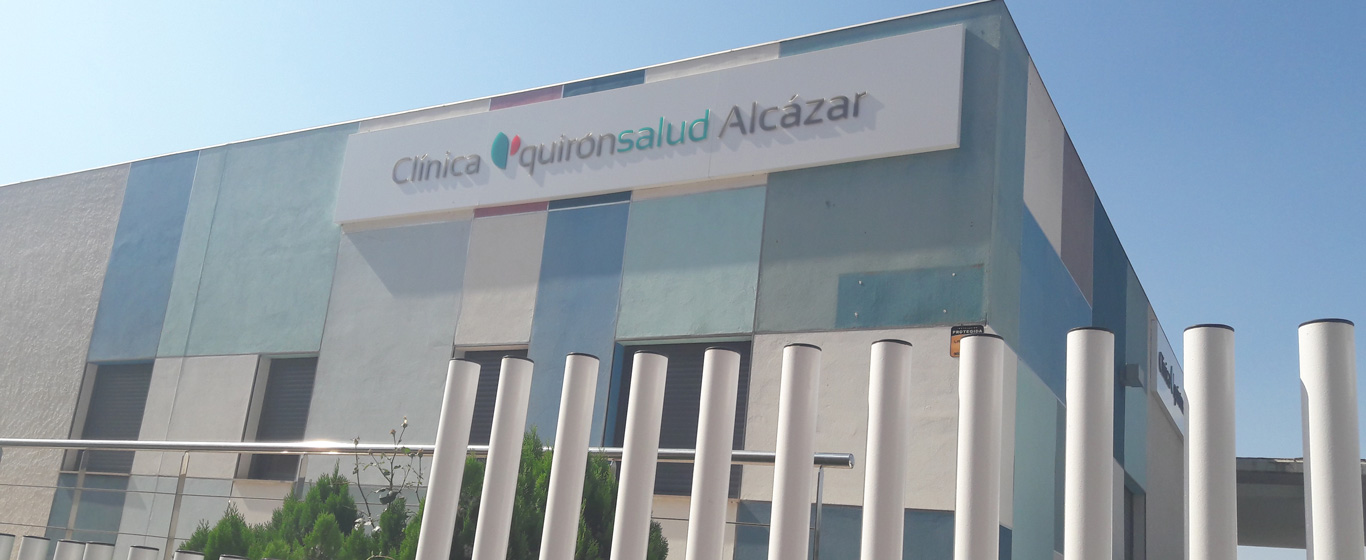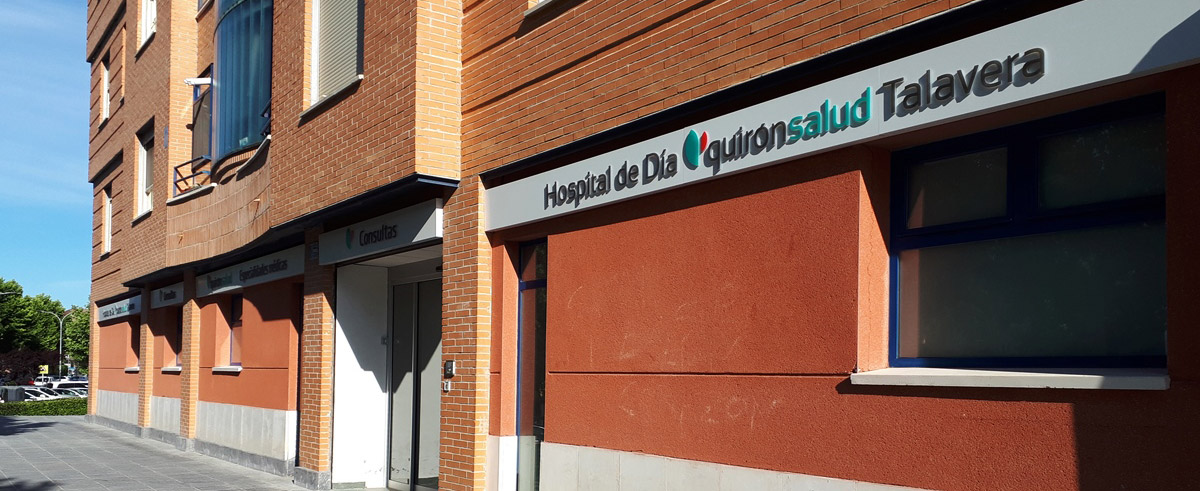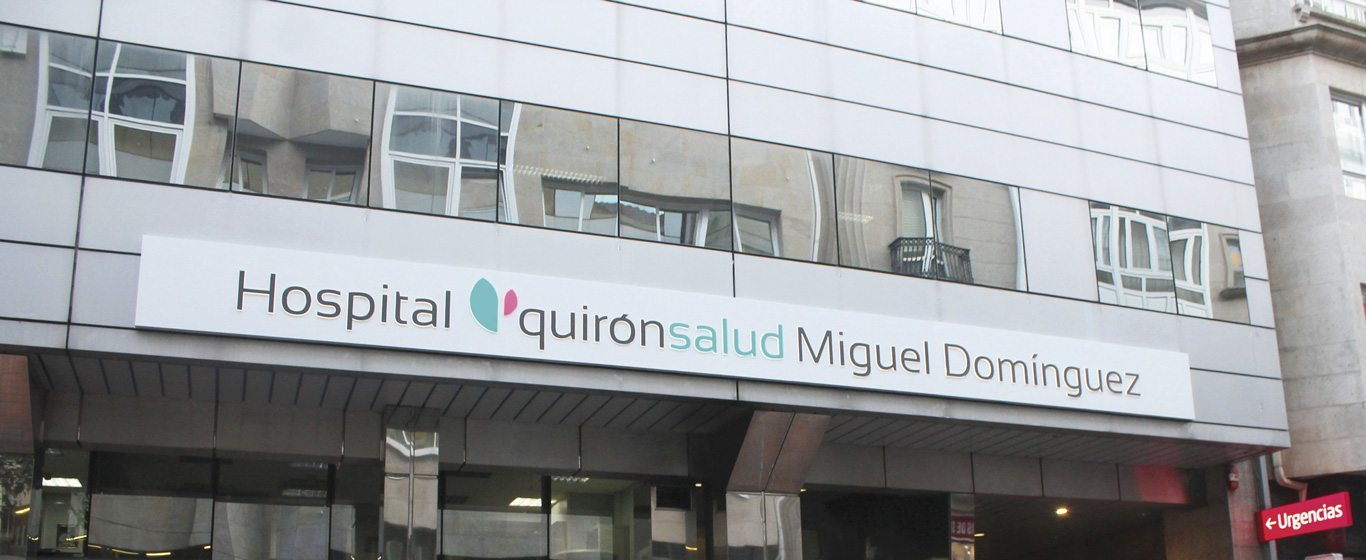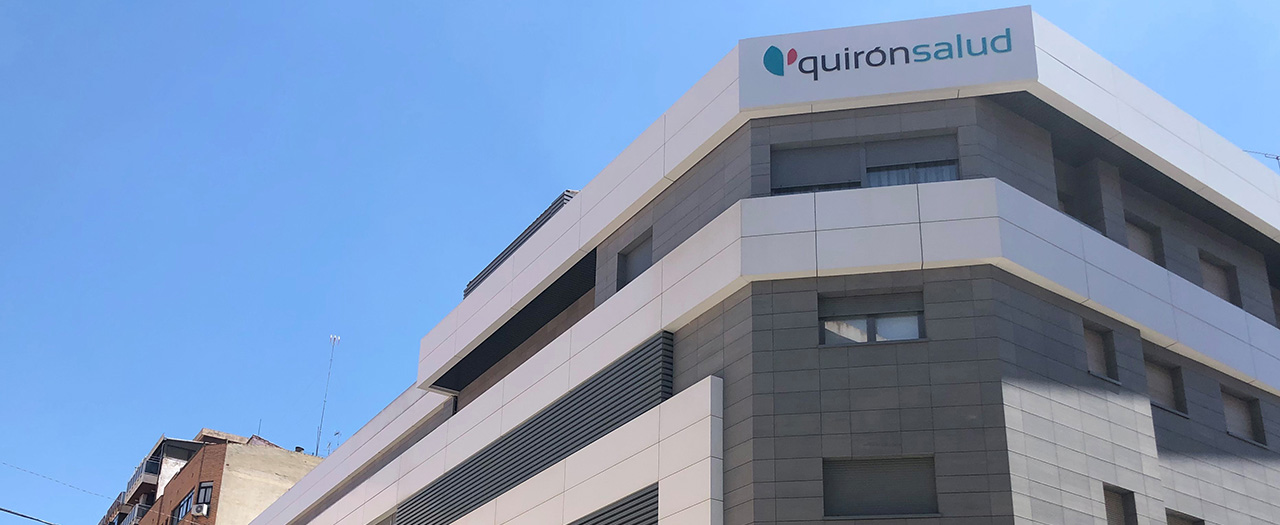Barrett's Esophagus
Is Barrett's esophagus reversible? All the information about the causes, symptoms, and treatments for the different types of this condition.
Symptoms and Causes
Barrett's esophagus is a condition in which the inner lining of the esophagus (epithelium), normally pink and flat, exhibits characteristics of stomach cells (thick and red in color).
This replacement of the esophageal epithelium by intestinal tissue (intestinal metaplasia) is divided into several types depending on its characteristics and the stage it is in:
- Intestinal metaplasia without dysplasia: The cells appear normal.
- Intestinal metaplasia with low-grade dysplasia: The cells show alterations similar to cancerous ones (dysplasia), although they are not cancerous. It is considered a precancerous phase.
- Intestinal metaplasia with high-grade dysplasia: Dysplasia invades the tissue, so if left untreated, it will most likely progress to cancer in most cases.
The main cause of Barrett's esophagus is the presence of stomach acids in the esophagus due to malfunctioning of the lower esophageal sphincter, resulting from chronic gastroesophageal reflux disease (GERD), a common condition where stomach contents, including gastric acid and partially digested food, flow back into the esophagus.
Patients with this condition should undergo regular medical check-ups to detect the presence of cancerous cells early, as Barrett's esophagus increases the likelihood of developing esophageal cancer.
Symptoms
Barrett's esophagus may show no symptoms. However, since it is commonly associated with gastroesophageal reflux disease, it is often linked to:
- Dysphagia (difficulty swallowing)
- Heartburn
- Chronic cough
- Acid reflux
- Regurgitation
- Chest pain
Causes
Although the exact cause of Barrett's esophagus is unknown, it is typically associated with gastroesophageal reflux disease caused by a dilation of the muscle that forms the lower esophageal sphincter.
Risk Factors
Some factors that increase the risk of developing Barrett's esophagus include:
- Family history
- Gastroesophageal reflux disease
- Smoking
- Obesity
Complications
Although uncommon, patients with Barrett's esophagus have a higher likelihood of developing esophageal cancer.
Prevention
To prevent Barrett's esophagus, it is recommended to adopt lifestyle changes that avoid regurgitation:
- Follow a balanced diet rich in fruits and vegetables while avoiding fatty and spicy foods.
- Limit alcohol and tobacco consumption.
- Maintain a balanced weight.
- Avoid large meals.
- Wait about two hours after eating before lying down.
Which doctor treats Barrett's esophagus?
Doctors specializing in the digestive system diagnose and treat Barrett's esophagus. General surgeons are also specialists in this condition.
Diagnosis
The diagnosis of Barrett's esophagus is confirmed or ruled out through an endoscopy. During this procedure, a flexible tube with a camera at the end is inserted through the throat into the esophagus. The images allow for evaluation of the epithelium's condition and determine whether it has characteristics of stomach cells.
To determine the degree of dysplasia, a tissue sample (biopsy) is taken during the same procedure and analyzed in a laboratory afterward.
Treatment
The most common treatments for Barrett's esophagus include:
- Proton pump inhibitors (PPIs), which require periodic adjustments to maintain the appropriate acidity in the esophageal tissue.
- Periodic endoscopy: Used to monitor the progression of esophageal cells when there is no dysplasia.
- Mucosectomy: An endoscopic procedure to remove damaged cells.
- Radiofrequency ablation: Small scars are created to remove the superficial layer of the esophageal epithelium, eliminating lesions caused by severe dysplasia.
- Cryotherapy: Cold is applied to destroy abnormal cells.
- Anti-reflux surgery (fundoplication): Recommended for those who do not wish to undergo continuous pharmacological treatment or its side effects. During this surgical procedure, the valve that prevents stomach contents from rising into the esophagus (lower esophageal sphincter) is repaired.






